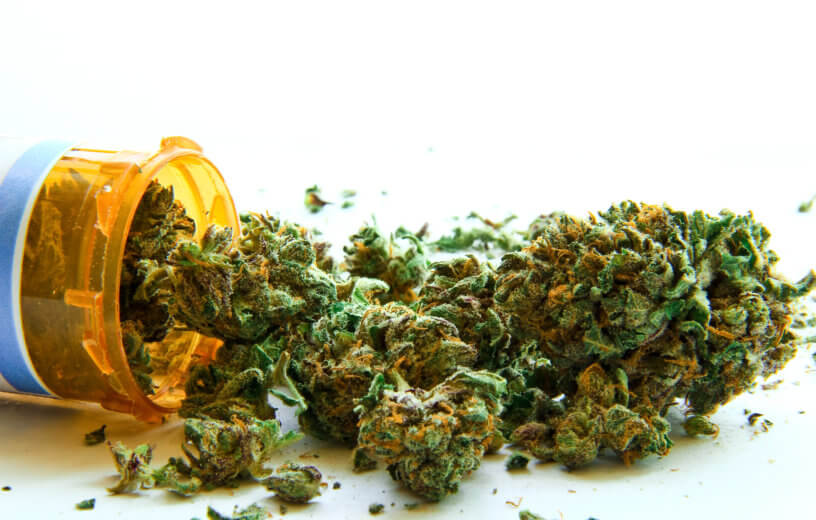WINSTON-SALEM, N. C. — Medical marijuana has long been touted for its ability to help people suffering from glaucoma, epilepsy, or even cancer, but in recent years, many users have turned to it for general pain relief. In fact, one recent study found the vast majority of NFL players believe cannabis should be legalized because of its benefits for aches and pains. Now, new research warns that almost all marijuana products found at dispensaries likely may be far too dangerous for those who are using it to reduce pain.
Researchers at the Wake Forest School of Medicine say that more than 90% of legal marijuana products for sale at dispensaries in the U.S. are much too strong than what doctors suggest for chronic pain relief.
“We know that high-potency products should not have a place in the medical realm because of the high risk of developing cannabis-use disorders, which are related to exposure to high THC-content products,” says lead author Dr. Alfonso Edgar Romero-Sandoval, an associate professor of anesthesiology at Wake Forest School of Medicine, in a statement. “Several earlier studies showed that levels of up to 5% tetrahydrocannabinol (THC) – the main psychoactive compound in marijuana that provides pain relief as well as intoxication – were sufficient to reduce chronic pain with minimal side effects.”
Dr. Romero-Sandoval and his team wanted to evaluate advertised THC and cannabidiol (CBD) content in legal cannabis products and compare their potency to that of products offered at medical and recreational dispensaries. The two compounds offer pain relief and other positive effects without intoxication. For the study, researchers compared the concentrations between or within nine states: California, Colorado, Maine, Massachusetts, New Hampshire, New Mexico, Rhode Island, Vermont, and Washington. In all, the researchers sampled 8,505 cannabis products in 653 dispensaries.
They found that the majority of the products offered in medical dispensaries in the study contained more than 10% THC, with many over 15%, which is congruent to what recreational dispensaries offer. Romero-Sandoval says that because 60% to 80% of people who use medical marijuana are taking it for pain relief, the majority of medical marijuana users aren’t getting their desired effects.
He warns that the higher the concentration of THC, the higher the risk for developing dependency and tolerance faster. Users are then forced to take progressively higher concentrations to get the same pain relief effects.
“It can become a vicious cycle,” says Romero-Sandoval. “Better regulation of the potency of medical marijuana products is critical. The FDA regulates the level of over-the-counter pain medications such as ibuprofen that have dose-specific side effects, so why don’t we have policies and regulations for cannabis, something that is far more dangerous?”
The study is published in the journal PLOS ONE.
